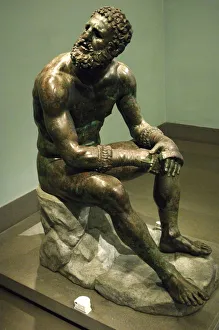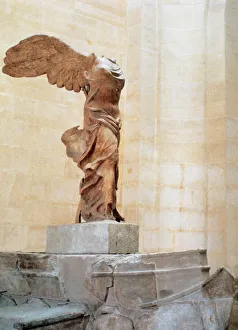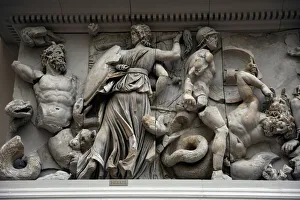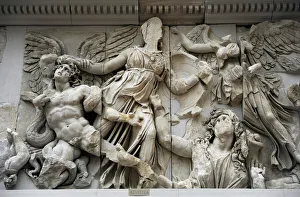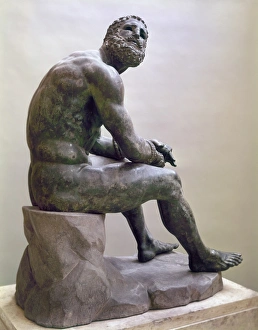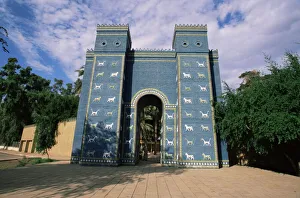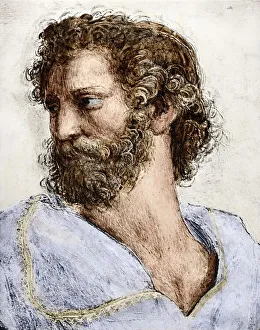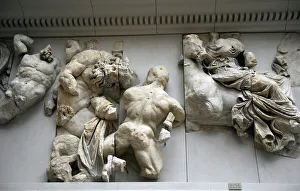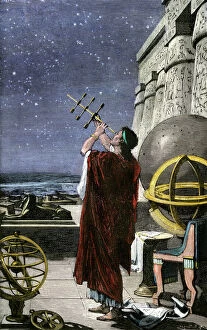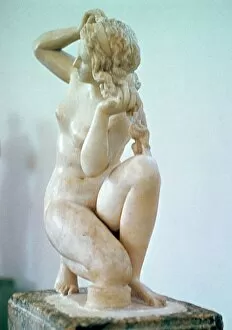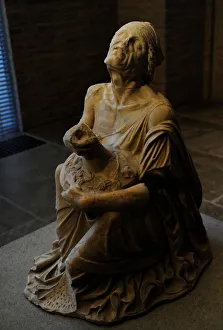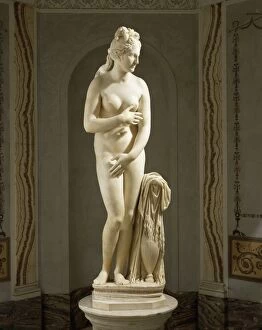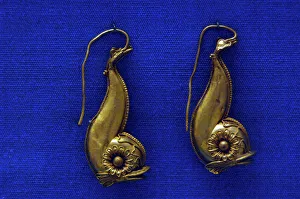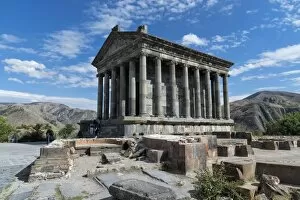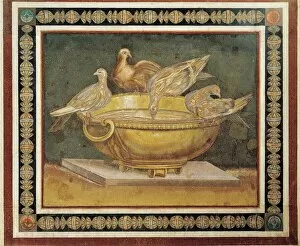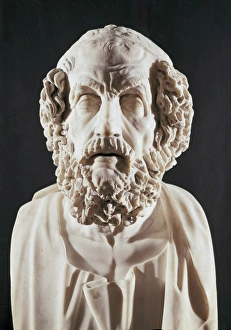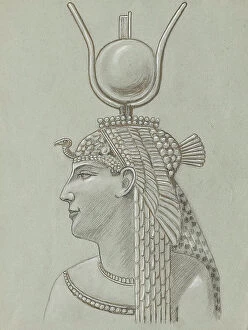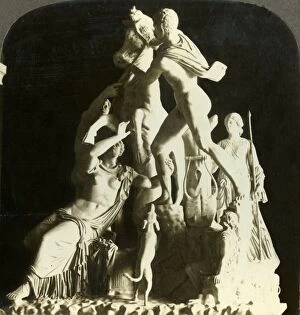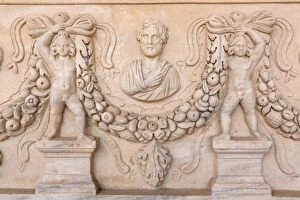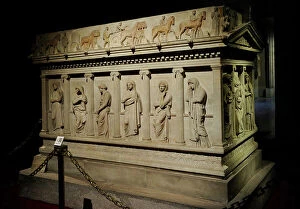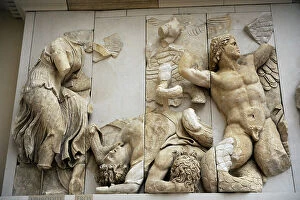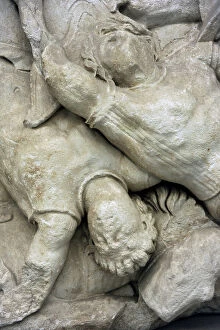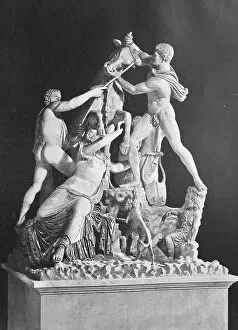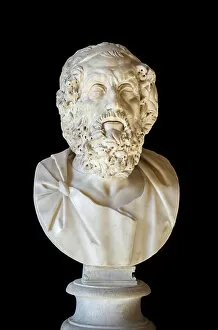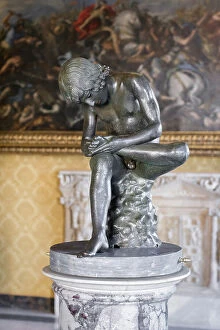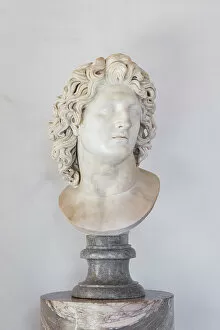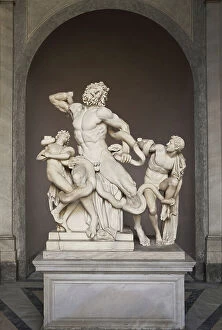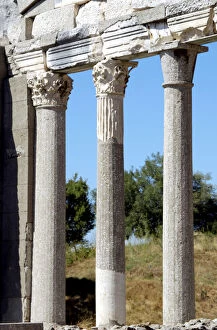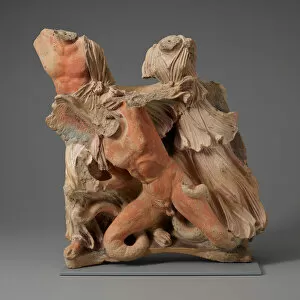Hellenistic Collection
The Hellenistic period, spanning from the death of Alexander the Great in 323 BC to the establishment of the Roman Empire in 31 BC
All Professionally Made to Order for Quick Shipping
The Hellenistic period, spanning from the death of Alexander the Great in 323 BC to the establishment of the Roman Empire in 31 BC, was a time of immense cultural and artistic growth. This era produced some of the most iconic and breathtaking works that continue to captivate us today. One such masterpiece is the Boxer of Quirinal, also known as the Terme Boxer. Discovered on Rome's Quirinal Hill in 1885, this Hellenistic Greek sculpture depicts a seated boxer with his battered body showcasing his physical prowess and determination. Another renowned piece from this period is the Winged Victory of Samothrace or Nike of Samothrace. This stunning marble statue portrays Nike, the Greek goddess of victory, standing triumphantly atop a ship's prow. The dynamic composition and intricate detailing make it an enduring symbol of grace and power. The Pergamon Altar offers yet another glimpse into Hellenistic artistry. One panel showcases Athena battling against Alcyoneus, a giant from Greek mythology. The dramatic scene captures Athena's strength as she defends herself against her formidable opponent. In terms of cartography, Ptolemy's Map of the World stands out as one of history's earliest attempts at creating an accurate representation of our planet. Created around AD 150 by Claudius Ptolemy, this map provides valuable insights into ancient geography and navigation techniques. Moving beyond sculptures and maps, we find ourselves marveling at architectural wonders like Babylon's Ishtar Gate. Adorned with vibrant blue glazed tiles depicting mythical creatures such as lions and dragons, this gate served as a grand entrance to King Nebuchadnezzar II's palace complex. Hellenistic culture extended far beyond just art; it encompassed philosophy too. Aristotle emerged during this period as one its greatest thinkers whose ideas continue to shape our understanding today. Babylonian wall tiles offer further evidence of the Hellenistic influence in Mesopotamia.

